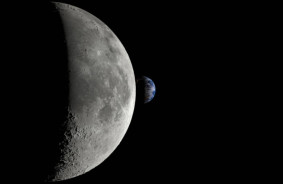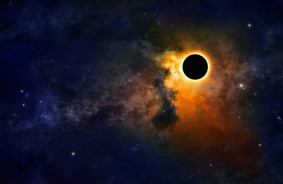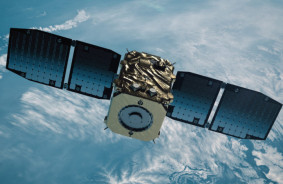Specialists from the National Accelerator Laboratory SLAC marked a historic event lasting more than two decades — the completion of the construction and testing of the 3.2-gigapixel (!) LSST digital camera. This is the largest camera ever created, and it will work on the future Simonyi Survey Telescope at the Rubin Observatory in honor of the American astronomer Vera Rubin (who scientifically confirmed the existence of dark matter).
Record-breaking large digital camera for observing the Universe
The construction of the LSST camera began in April 2015 — step by step, the team of engineers carried out the phased assembly: by September 2018, the cryostat, lenses, 12 out of 21 required CCD sensors were ready, and in the fall of 2020 the fully prepared focal plane was already undergoing testing. In October 2021, the last of six filters was shipped, after which the camera was cooled to working temperatures for final testing. And on April 3, 2024, the laboratory staff solemnly announced the completion of the construction and comprehensive testing of the camera.
The LSST camera is about the size of a small car and weighs about three tons. Its front lens has a diameter of over one and a half meters, and the auxiliary lens has a diameter of 90 centimeters. The matrix (64 centimeters in cross-section) contains 201 individual CCD detectors. The camera also has six filters that cover wavelengths from 330 to 1080 nanometers. Everything is carefully fitted into the cryostat, which will maintain a temperature of approximately -100 degrees Celsius to reduce noise.
As for its capabilities, practically, the stunning 3.2-gigapixel resolution means that the LSST camera is able to capture images with enough detail to distinguish a golf ball from a distance of about 25 kilometers.
"Images with billions of stars and galaxies will help uncover the mysteries of the Universe."
The next step is to pack the camera into a specialized transport container for shipment to Chile, to the Simonyi survey telescope at the Vera Rubin Observatory. The LSST telescope is currently being built on the top of Cerro Pachon in the Chilean Andes.
A few words about the LSST telescope
It is a next-generation ground-based telescope, more specifically, a three-mirror anastigmat with an 8.4-meter primary mirror and a wide field of view (3.5° in diameter). In fact, the LSST field of view is forty times larger than the full Moon disk. Every few nights, it will photograph the entire available sky to not miss the moment when the Universe winks at us.
The main scientific mission of LSST, as suggested by the name of the instrument (Legacy Survey of Space and Time), is a ten-year sky survey. Among the individual goals are the observation of 20 billion distant galaxies, the study of dark energy and dark matter, cataloging the Milky Way and small bodies in the Solar System, particularly near-Earth asteroids and Kuiper Belt objects, as well as identifying transient optical events such as new and supernova flashes, gamma-ray bursts.
Moreover, LSST will mark the beginning of a new era where software will play an equally (possibly even more) important role in astronomy than the telescope itself — the volume of observed data is constantly growing, and scientists physically cannot directly browse even a substantial portion of the data that LSST will collect and transmit. Instead, they will increasingly rely on AI algorithms to study relationships within the dataset.
LSST will become one of the main ground-based telescopes for the next decade and significantly enhance the current optical telescope park. The project was initiated in 2001, and mirror construction began (with private funds) in 2007. The projected total cost is about $680 million. Its construction is funded by the US Department of Energy and private donors through the international non-profit organization LSST Corporation. Financial oversight is provided by the Association of Universities for Research in Astronomy (AURA).
It is expected that the "first light" of the LSST telescope will be seen in January 2025, and full operations will begin in August 2025. All data collected using LSST must be made publicly available two years after its launch.
In the future, the LSST will be joined by the Nancy Grace Roman space telescope (formerly known as WFIRST) — it is planned to be launched by May 2027 on Falcon Heavy. By combining data from WFIRST and LSST, astronomers will be able to observe the Universe in nine different wavelengths, providing the most detailed wide-angle view of the Universe.
Considering a recent controversial study by KMIS about 43% of Ukrainians who believe in astrology, it is interesting to know what proportion is interested in astronomy (new poll idea, KMIS, you're welcome)? A new wave of discussion about the potential existence of extraterrestrial civilizations, the Big Filter hypothesis, and Fermi's paradox in 3, 2, 1...













Comments (0)
There are no comments for now